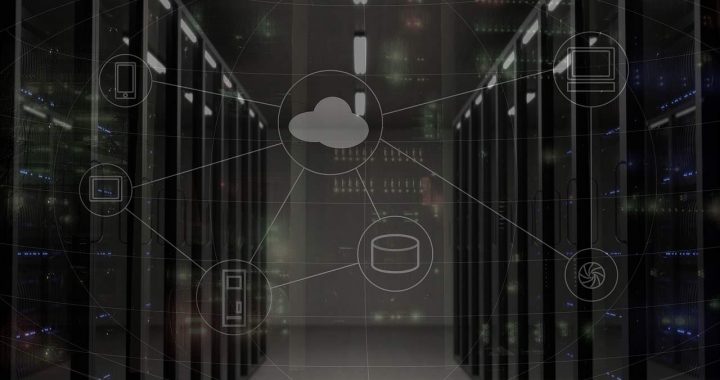Hybrid Cloud – What is it?
When you hear hybrid nowadays it’s easy to picture in your head a Prius or similar vehicle that runs by a traditional gasoline engine, but also supplemented by electric motors from batteries charged by the engine, and braking of the car. While a hybrid cloud architecture is not exactly the same, it is similar in that your business technology is powered by systems that you run on multiple compute platforms.
In its most common form, hybrid cloud simply is a combination of traditional IT infrastructure that you run in your physical facilities, combined with infrastructure that you run on a cloud platform like AWS, GCP or Azure.
Additionally hybrid cloud could be that you run infrastructure on multiple cloud providers – which is often referred to as Multi-Cloud. This type of hybrid cloud architecture affords you the unique strengths of the platforms that you chose, to best fit your business use cases.
Your business matters – should you put all your eggs in one basket?
Stuff happens. It’s unfortunate, but its a part of business that needs to be taken into consideration. Servers have hardware failures, internet connections go out, people make mistakes, and bad actors exist out there that may want to do your business harm. Your technology systems are critical to the operations of your business. Your customer facing online presence is critical yo your reputation. With so many cogs in the machine business, can you trust that one system will always work without fail, no matter the circumstance?
One of the best use cases for a hybrid cloud architecture is business continence. That is – the ability for your business to keep running in multiple potential outage scenarios. With uptime and reliability guarantees up to eleven nines, today’s cloud providers have built a resilient infrastructure to withstand the test of time, giving you the peace of mind to focus on your business goals. And with 24/7 support, fast response times, and a large community of cloud professionals sharing their knowledge, challenges can be resolved quickly and thoroughly using the cloud.

So how does it work?
While there is no one size fits all hybrid solution, there is a general set of patterns that can apply to your business needs, budget, and risk tolerance for your business. Here are some examples:
- Redundancy – This would be simply running redundant resources that perform the same function. A simple example would be with email – running an Active Directory server and an Exchange server in the cloud, as backups of your on premises AD and Exchange servers – that can keep running and process email when your office internet connection is out. This could be an active redundancy or a cold/hot site backup. This type of architecture can get pricey depending on what you need, but can offer the lowest risk to business outages.
- Diversification – With complex business solutions, you could run some of your systems in one cloud provider like AWS, some on another like GCP, along with systems in your own physical datacenter or business. This way if there is an outage in one place or another, you only sustain a partial outage, and business can keep running. This can be done in combination with redundancy if your risk tolerance is low.
- Offsite Backup or Archiving -You may just want to use the cloud to back your data up in the cloud as an inexpensive way to protect your critical on-premises systems, or to move off old data for safe keeping in case of a rainy day, to free up space on your existing servers. Cloud can do this too, and if set up right, can be easily connected to cloud compute resources in a pinch, or accessed from your office for analysis, restoring data, or auditing purposes. The sky is literally the limit with what you can accomplish with the cloud.
- Cloud Bursting – This is where you can ‘burst’ your compute needs to the cloud when under heavy load as needed to supplement your existing infrastructure. This can give you more compute power on demand for complex workloads, and you only pay for what you need while it’s running through the magic of autoscaling. Combine that with using spot instances where you can set your max bid for cost per hour to run, you can keep the costs in check or get faster systems to use for a short time, for less than full price.

We can guide you to the best solution for your business.
No matter what your business size, or risk tolerance, there is a use case for hybrid cloud for you. Often times when a business first starts to adopt cloud technology – they become hybrid cloud by default. The Cloud Pros can consult with you to implement the best scenario for your business needs. Give us a call or send us an email for more information on how we can bring your business to the next level using the power of the cloud.




